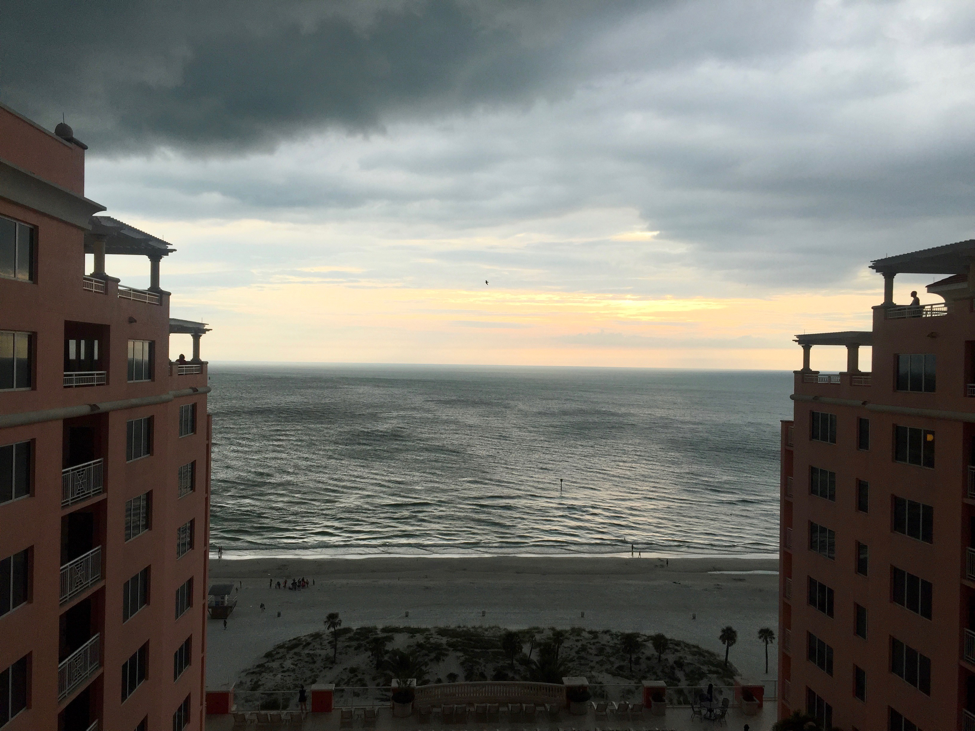We’re now mid-way through the first year of the AAAS Community Engagement Fellows Program (CEFP), funded by the Alfred P. Sloan Foundation. The first cohort of Fellows is made up of 17 scientific community managers working with a diverse range of scientific communities. As they continue to develop their community engagement skills and apply some of the ideas and strategies from their training, the Fellows will report back on the Trellis blog, sharing their challenges, discoveries, and insights. Today, Fellow Jennifer Davison shares the first in a three part series of reflections Science of Team Science 2017 conference.
Posted by Jennifer Davison, Program Manager at Urban@UW
As we all remember from group projects in high school, working together is usually more challenging than going it alone. However, collaborative projects almost always lead to more awesome results. The differences within the collaborating group can lead to a more integrated understanding of the project, and a more robust approach to an outcome. With our society facing increasingly complex challenges, more perspectives are sorely needed. This is where research collaborations—aka team science—come in.
Team science describes collaborations among scientists or other scholarly researchers, and the science of team science is an emerging discipline that strives to build an evidence base for understanding when research collaborations work, when they don’t, and why. I attended the annual conference in Clearwater Beach, FL in mid-June, where amazing people passionate about supporting collaborations came together to talk and walk on the beach. A frequent topic of discussion was the barriers to collaboration in academia, and how to support team science within higher education. As a science community manager in the AAAS Community Engagement Fellows Program, I strive to start and support scholarly collaborations within the large R1 university where I work, so these conversations were particularly relevant for me.

What are the challenges?
The barriers to collaboration that are unique to academia are based on how science and other scholarship is recognized, valued and incentivized. These dynamics can be seen in universities’ hiring, tenure and promotion criteria; funding mechanisms for collaborative research; and the availability (or lack thereof) of training and logistical capacity to support such work. As Jack Schultz, director of the Bond Life Sciences Center at University of Missiouri, described, academia is often:
– Not well organized to communicate or connect—departments are the only place where “who does what” typically reside
– Too devoted to disciplinary subject matter to the exclusion of other knowledge generation
– Underfunded, and all units on a specific issue are competing for the same money
– Too “free”, with faculty resisting anything they don’t want to do
Additionally, as with collaborations, science teams are challenged with navigating differences in disciplinary expertise, language, geography, cultural background, and even in the definitions of seemingly common terms like “survey” and “data”.

Even differences in norms regarding acceptance of collaboration, average funding levels, and acceptance of other methods of study can come into play.
What academic scholars do seem to have in common is a crunch for time and money in order to create research results that are traditionally valued—that is, primary-authored, peer-reviewed publications. These pressures commonly push more complex work like collaborative research off their plates.
What are the solutions?
Although these barriers can seem daunting, there are some really exciting efforts and ideas already in play to support collaborations.
Individuals
People have different reasons for collaborating, and they change over time. George Washington University’s Gaetano Lotrecchiano is doing some really cool work on this, and suggested that collaboration leaders tap into each person’s unique intrinsic desire to contribute. In addition, both training and and specific opportunities can help those who are interested but unsure how to move forward (more on these two topics in subsequent posts!). And many speakers discussed the utility of seed grants for catalyzing and supporting collaborative research.
Groups
At the group level, some key support strategies emerged:
– Ensure dedicated time for the team to develop trust and understanding of both individual and shared goals and values and to co-create the research project;
– Provide outside facilitation of early conversations to help ameliorate power dynamics and acknowledge mismatched assumptions;
– Adopt a robust communications plan and platform, especially if the team is geographically dispersed; this should include designating (or hiring) someone to take the lead in keeping the group talking and sharing.
Institutions
University-wide hiring, tenure and promotion criteria are one of the most powerful levers for supporting collaboration. At the conference, Holly Falk-Krzesinski shared some fascinating research on guidelines that not only acknowledge the importance of collaborative research, but also provide both criteria and a process for evaluating collaborations. Additional strategies included the following:
– Find and fund a coordinator to connect disciplines and individuals;
– Diversify the funding portfolio and the mechanisms by which departments can receive funding from collaborative projects
And of course, the systemic change can’t stop at the single university; Falk-Krzesinski also highlighted the need for growing a cross-university network of collaboration-savvy scholars to provide external evaluation for tenure and promotion packets.
Many of these levers are available to community managers aspiring to effect collaboration. The most important is, I think, to bring have this conversation with your research team. It’s much easier to move through barriers if you acknowledge them first, and community managers have a unique view of a collaboration within its various contexts. By providing communication channels, resources, and other connectivity, community managers can create the web that keeps a collaboration together.
You can catch up on our 2017 Science of Team Science coverage here and find all of the CEFP Fellows’ posts here.